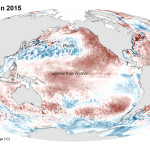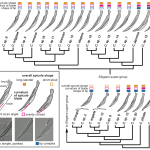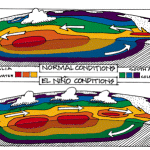Interesting news coming out of Nature Geosciences this weekend. Kato et al (2011) are reporting a veritable treasure trove buried in deep-sea Pacific sediments: rare-earth elements. Elements such as yttrium are critical components for consumer electronics–thus, much sought after in today’s technology-driven world.

There’s been a flurry of commentary in my inbox today, worried about the potential implications of these findings. Commercial interests (and money) could wreak havoc on deep-sea ecosystems if there is a ‘mud rush’ to exploit these valuable resources. We barely know anything about most deep-sea species as it is, and large-scale mining for mud is akin to clear-cutting the rainforest –we may be destroy much biodiversity before we ever knew it existed.
Luckily, the International Seabed Authority appears to be hot on this story. They seem to be taking a cautious approach and developing a strategy that reflects scientific input. In another interesting twist, China appears to be wasting no time in getting their hands on the submerged elemental booty; the discovery of deep-sea rare earth metals potentially presents a severe threat to China, who is one of the main exporters with a current stranglehold on the heavily taxed market.
There’s a lot more to both sides of the story – more than I have time to write about today, in between lab visitors and grant applications. I encourage you to read up on the topic and post more info as comments.
Reference:
Kato, Y. et al. (2011) Deep-sea mud in the Pacific Ocean as a potential resource for rare-earth elements. Nature Geosciences. doi:10.1038/ngeo1185






1500 ppm isn’t even economic if it is on land.